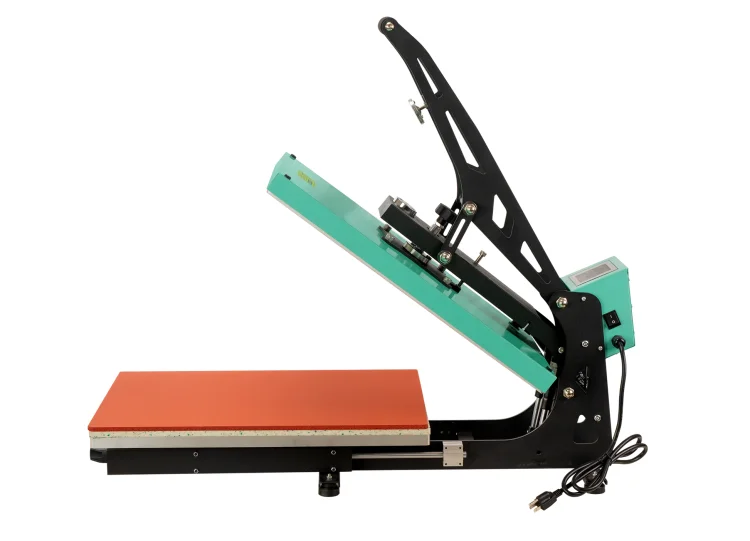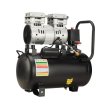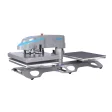How Does Heat Presses Work

How Does Heat Presses Work
Heat press machines transfer designs, images, and patterns onto various substrates, such as fabrics, ceramics, and metals. They work by applying heat and pressure onto a transfer paper or vinyl, which transfers the design onto the substrate
How It Works
1. Design Preparation
- A design is printed on transfer paper (for sublimation or vinyl) or cut from heat-transfer vinyl (HTV).
- For sublimation, special ink turns into gas when heated.
2. Setting Up the Machine
- Adjust temperature (typically 300–400°F for fabrics, 350–400°F for sublimation).
- Set pressure (medium to high, depending on material).
- Set timer (10–60 seconds, depending on material and transfer type).
3. Pressing Process
- The material (e.g., T-shirt) is placed on the lower platen.
- The transfer paper or vinyl is positioned on top.
- The heated plate presses down, applying heat and pressure.
- The heat activates the adhesive (for vinyl) or turns sublimation ink into gas (for dye sublimation).
- The pressure ensures even adhesion or dye penetration.
4. Cooling & Peeling
- For vinyl transfers, the material is often peeled hot (HTV) or cold (some adhesive vinyl).
- For sublimation, the ink cools and solidifies into the fabric permanently.
Types of Heat Presses
- Clamshell (most common, lifts like a clamshell)
- Swing-Away (heating plate swings out for easy placement)
- Drawer Style (slides out like a drawer)
- Multi-Function (for hats, mugs, plates, etc.)
Common Uses
- T-shirts, hoodies, tote bags (sublimation or vinyl)
- Mugs, plates, phone cases (sublimation with special wraps)
- Patches & embroidery stabilization (using heat-activated backing)
Why It’s Effective
- Even heat distribution ensures no gaps in the design.
- Controlled pressure prevents wrinkles or uneven transfers.
- Versatile for different materials and transfer methods.







